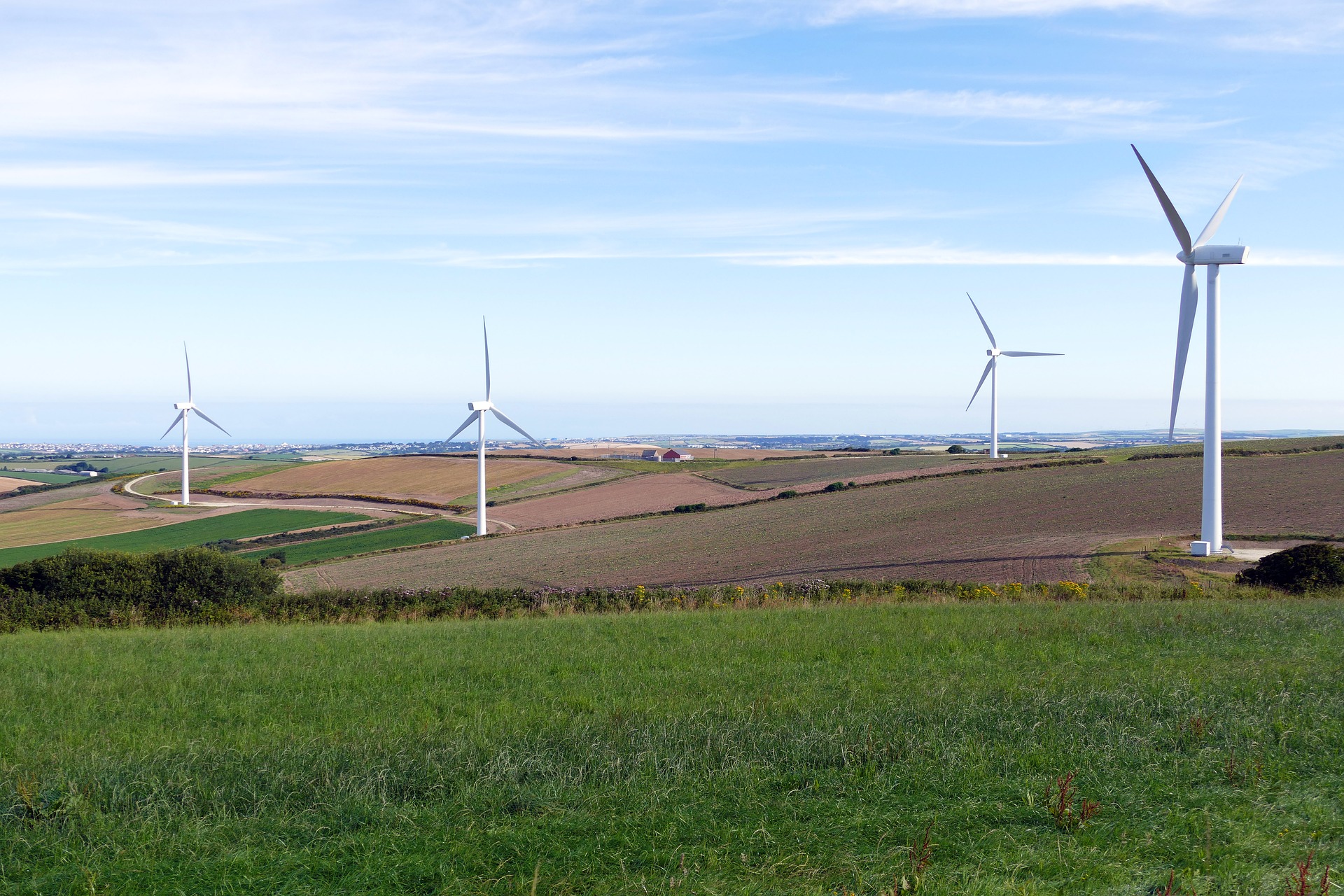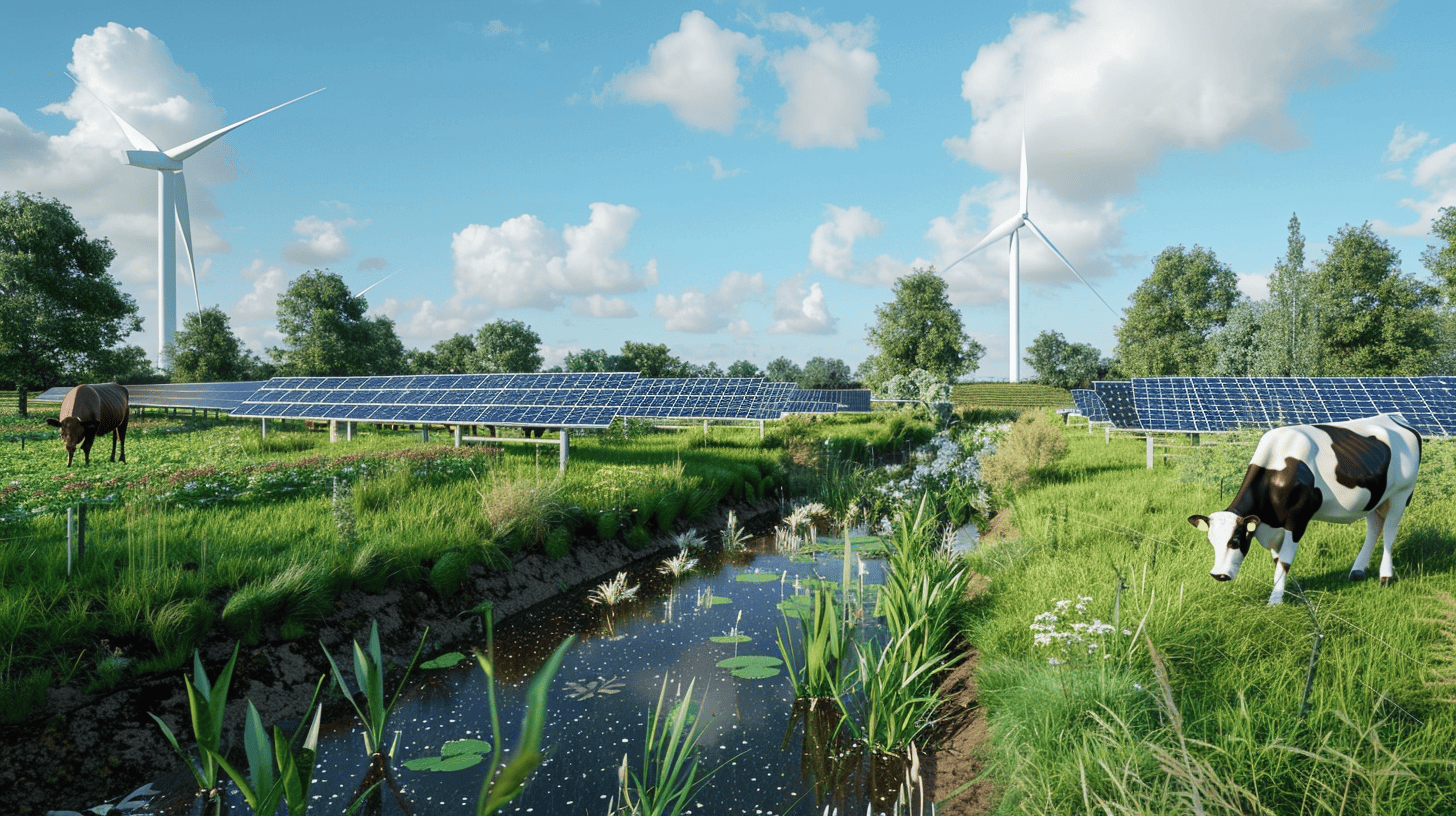
Fossil fuels are still the main source of energy for electricity generation worldwide. At the end of 2018, the share of renewable energy was only around 26 percent of the total amount of energy generated. The lion’s share of this 26 percent came from solar collectors and wind turbines. These two methods are also the two main driving forces behind the growing proportion of renewable energy. However, little is known about the geographical distribution of wind and solar parks and there is hardly any accessible data. But this is set to change now, as researchers at the University of Southampton have mapped locations for renewable energies around the globe.
“While global land planners are promising more of the Earth’s limited space for wind and solar energy, governments are struggling to obtain geospatial information about the rapid expansion of renewable energy,” says Sebastian Dunnett, senior researcher and Southampton PhD student in life sciences. “Most existing studies use land use and socioeconomic data to estimate the geographical spread of such technologies, but we hope that our study will provide more robust publicly available data.”
Highlighting the advantages and disadvantages of renewable energy
For their study, published in the scientific journal “Scientific Data,” the British scientists produced a general map of solar and wind farms around the world. This revealed regional differences in terms of infrastructure density and power output. This is the very first global, freely accessible data set on wind and solar energy generating locations, the researchers emphasize.

By accurately mapping these sites, the scientists also hope to provide insight into the extent to which solar and wind energy affects sensitive ecosystems. This is important since wind and solar parks would bring many environmental benefits, but could also have a negative impact on local ecology and wildlife, they stress. In the future, this could also help planners to assess the effects that potential new locations might have.
For their study, the authors used data from OpenStreetMap (OSM), from which they extracted grouped datasets marked “solar” or “wind.” They then compared these with selected national data sets. This allowed them to make the best possible estimate of energy capacity and to create their own maps of solar and wind energy sites.
“A real milestone”
The results show that Europe, North America and East Asia use far more renewable energy than the rest of the world. According to the scientists, these results also correlate very well with official independent statistics on the countries’ renewable energy capacity.
“This study represents a real milestone in our understanding of where the global green energy revolution is taking place,” comments the study’s director, Professor Felix Eigenbrod of the Geography and Environmental Science faculty at the University of Southampton. “It is likely to be an invaluable resource for researchers in the years ahead, as we have designed it to be updated with the latest information to allow for changes in a rapidly expanding industry.”







